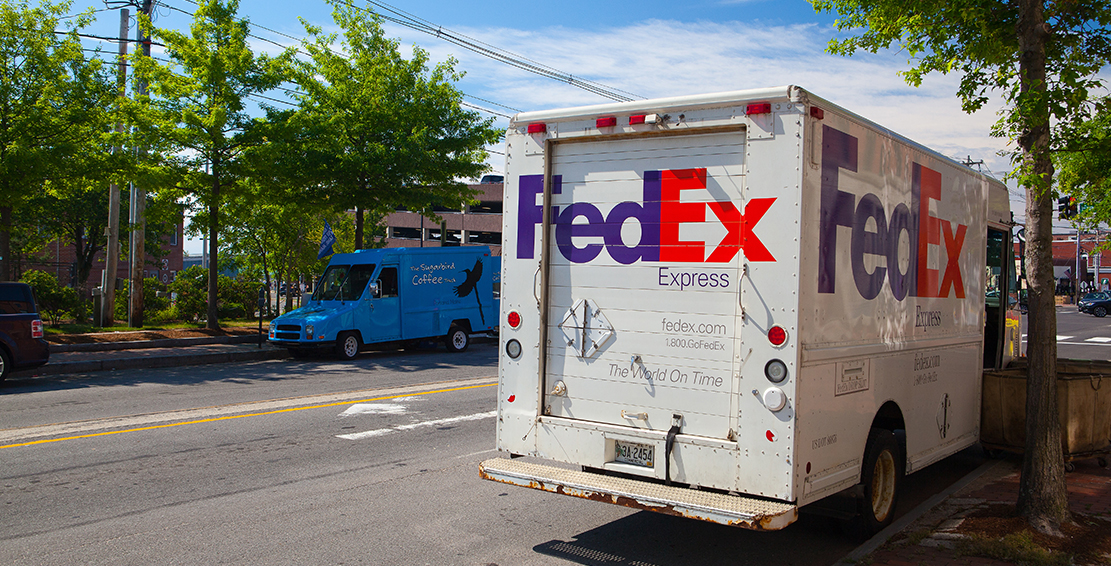
HOW WORLDWIDE COMPANIES USE LEAN MANAGEMENT: FEDEX’S STORY
FEDEX EXPRESS
Typically known for delivering mail and packages, FedEx Express is also committed to the maintenance of aircraft ships.
FedEx Express has around 170 facilities worldwide, about 100 of those in the USA dedicated to this service. Aircraft maintenance is a huge operation and responsibility that takes a lot of money, space, man hours and financial resources.
One of the major services provided to aircrafts is known as the “C-check.” Although the precise definition of this term varies, it can be used to refer to the relative maintenance of the aircraft.
FedEx Express turned to lean management as a response to the global economic depression in 2008, in hopes of saving money during critical times. Since then, this operational approach has greatly benefited the company’s performance.
FEDEX’S PROBLEMS AND SOLUTIONS
Of the many locations, let’s focus on the FedEx Express facility in Los Angeles International Airport (LAX). Before they implemented the lean management approach, the crew could complete 14 C-checks per year.
After following lean management principles, the crew reached a point where they could complete 30 C-checks per year.
Before implementing lean management strategies, it took the FedEx Express LAX crew 32,715 hours to complete a C-check on an aircraft. That number is steadily decreasing. At one point, the crew needed only 21,535 man-hours to preform the exact same C-check.
One example of how the operations changed to reap such large benefits and improvements involved creating milestones. The team got together to identify 68 milestones that are integral to the C-check while defining each segment using 4-hour increments.
Identifying milestones enabled smoother workflow which amounts to less time wasted. Eliminating wasted time is a huge money saver, especially in anadvanced industry such as aircraft maintenance where it is quite expensive to pay specialised mechanics, technicians and staff.